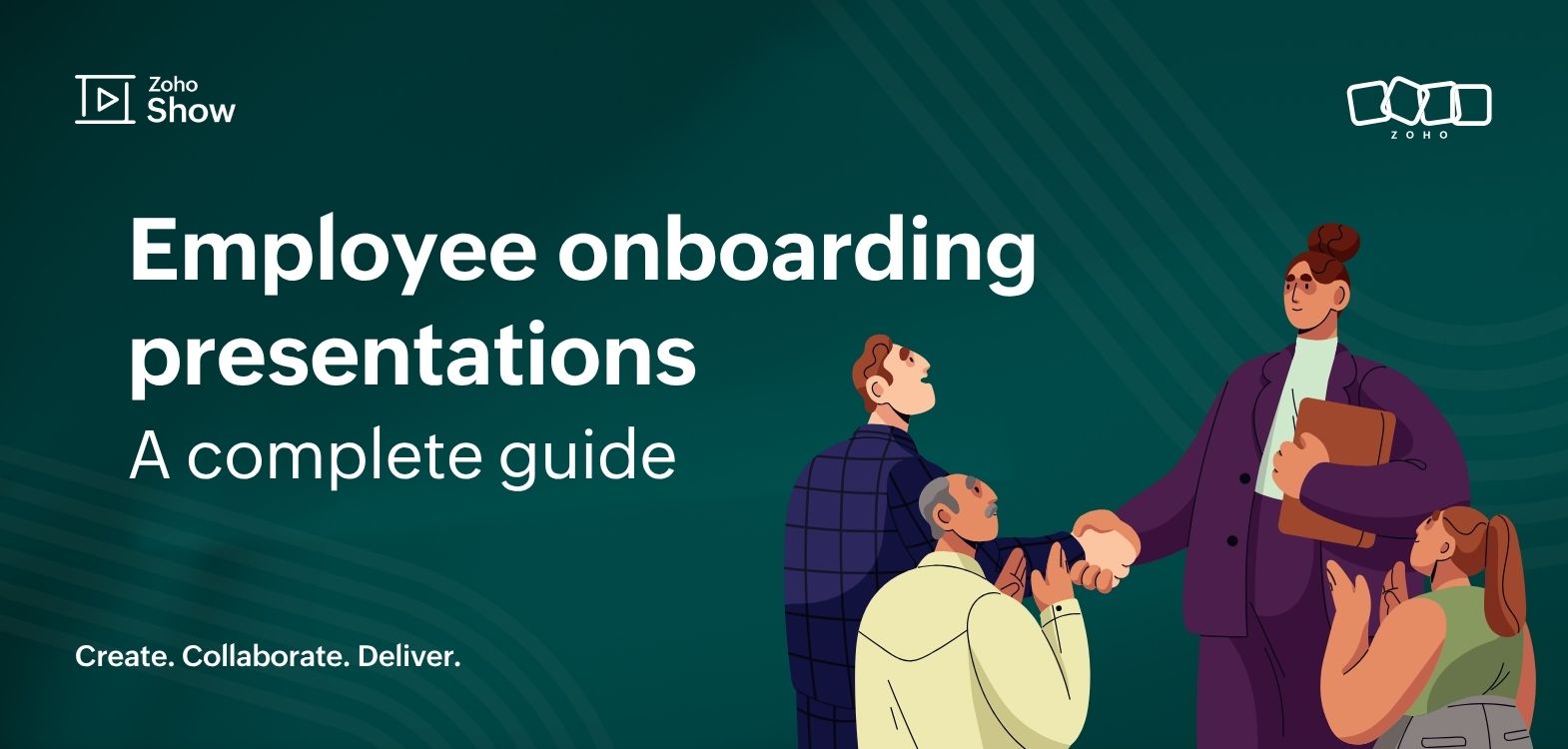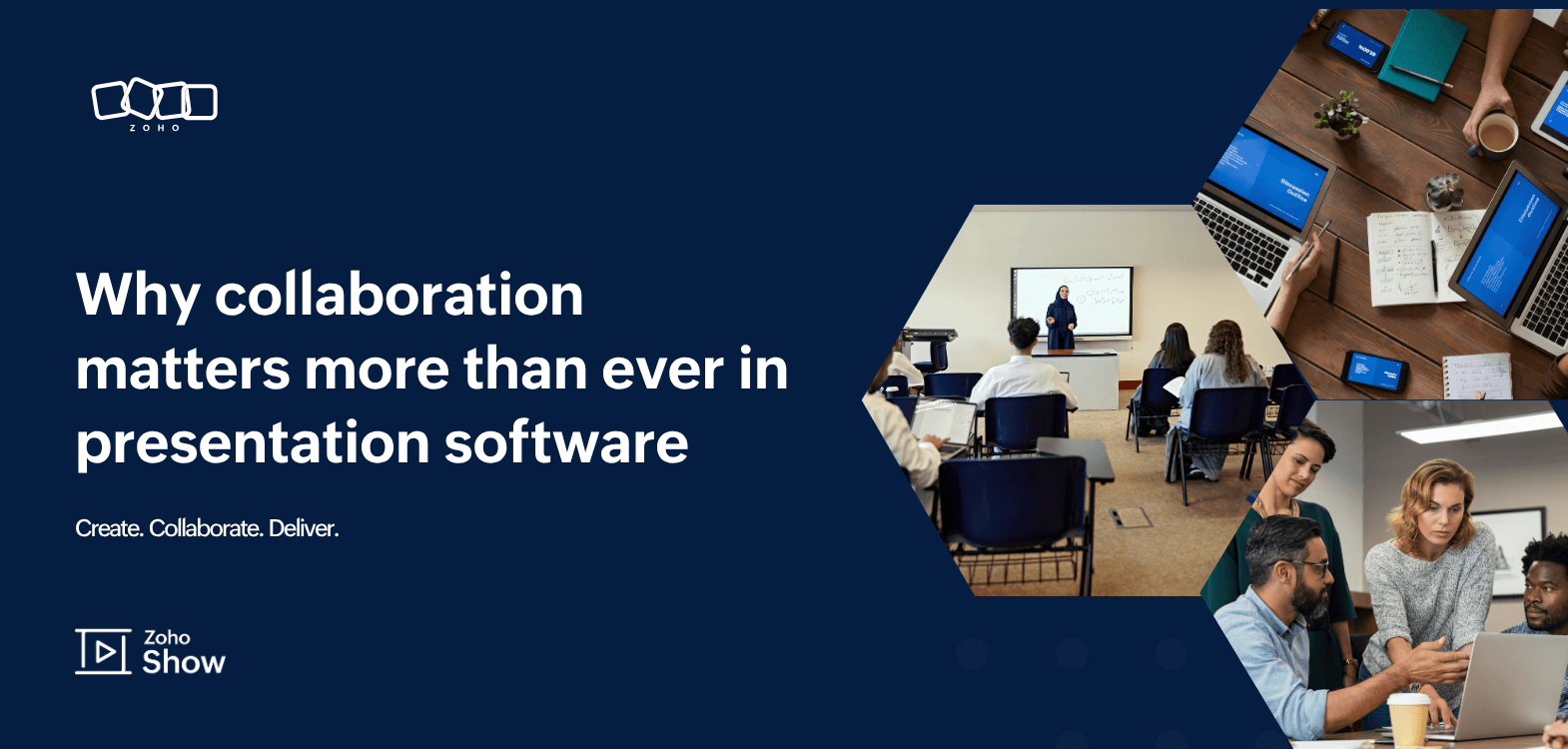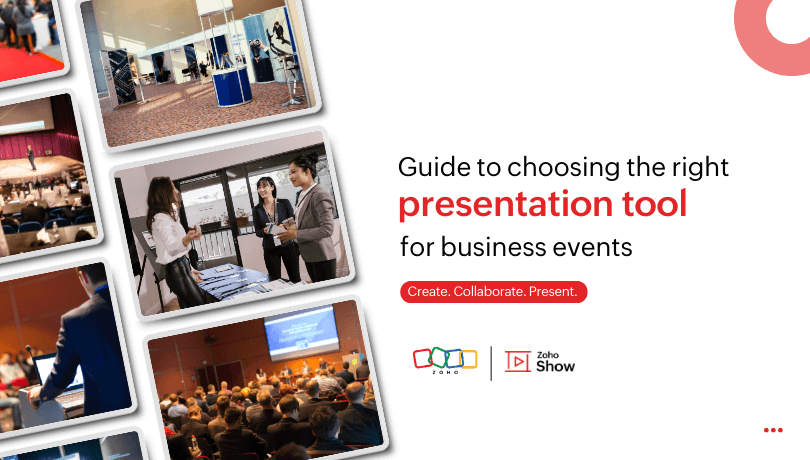- HOME
- Business & tech
- Employee onboarding presentations: A complete guide
Employee onboarding presentations: A complete guide
- Last Updated : November 5, 2025
- 105 Views
- 5 Min Read

Onboarding is one of those moments when all the effort that goes into hiring, planning, and preparation finally bears fruit. It’s when a new face joins the team, not just as an employee but as part of the company’s story.
It’s also a balancing act. You want to share everything that matters, from your culture and values to the way your teams work, while making sure new hires don’t feel overwhelmed. You want them to walk away not just informed but confident and excited about what’s ahead.
That’s where an onboarding presentation comes in. It gives structure to those first crucial days, ensuring every new hire gets a warm, consistent, and meaningful introduction to your organization.
In this blog, we’ll explore why onboarding presentations are essential and what to include in them. You’ll also find a sample presentation and a free template to help you get started.
Why should you have an onboarding presentation?
Welcoming new hires involves sharing a lot of information, and it’s easy for details to slip through the cracks. An onboarding presentation helps keep everything organized and consistent, making the process smoother for both the team and new employees. Beyond that, it can also help in the following ways.
1. Creates a consistent experience: Every new employee gets the same clear information, no matter who’s delivering it.
2. Helps introduce company culture: They show what the company values and how teams work together, helping employees feel connected from day one.
3. Simplifies information: Policies, processes, and tools are easier to understand when presented visually and in an organized way.
4. Boosts confidence: Employees start their role knowing what’s expected and where to find resources, which reduces confusion and anxiety.
5. Ensures accessibility: An onboarding presentation can be shared digitally, allowing new hires to access it anytime, revisit information, and go through it at their own pace.
What to include in an employee onboarding presentation?
Here are the key topics your onboarding presentation must cover to help new hires get comfortable, understand their role, and feel part of the team from day one.
Introduction
Start by greeting new employees warmly and introducing the team hosting the session. Explain the purpose of the presentation and set a friendly tone for the day. A personal message from leadership or HR can make employees feel valued and excited to be part of the team.
Agenda for the day
Provide a clear outline of the topics that will be covered during the session. Let employees know how the day will be organized and what to expect from each segment. This helps them feel prepared and ensures they stay engaged throughout the presentation.
Company history
Share how the company started, key milestones, and important achievements. Include anecdotes or highlights that reflect the company’s journey. This gives new hires a sense of pride and connection to the organization’s roots.
Current position and future vision
Explain where the company stands today, including successes and challenges, and outline the vision for the future. Explain how the organization plans to grow and innovate, and how new employees will contribute to these goals.
Products, services, and offerings
Provide a clear overview of the company’s core products or services. Use visuals and examples to make it easy to understand. This shows how the company serves its customers and why each product or service matters.
Where employees fit in
Clarify the role of new hires and how their responsibilities align with team. Explain how their contributions impact the organization. This helps employees feel purposeful and understand how they fit into the larger system.
Meet the team
Introduce key teams, departments, and people they will collaborate with. Include photos, short bios, or fun facts to make it easier for new hires to remember names and feel comfortable reaching out. This builds familiarity and encourages early connections.
Your first week here
Provide a roadmap for the first week and the following months, including training sessions, meetings, and milestones. This helps employees settle in smoothly and gives them a sense of progress as they navigate their new role.
Employee benefits and resources
Share essential HR policies, perks, and resources available to employees. Highlight tools, guides, or support channels they can use. Keeping it simple ensures new hires know where to find help when they need it.
Point of contact or support
Clearly indicate who employees can reach out to for guidance, whether it’s a mentor, HR contact, or team lead. Encourage them to ask questions and assure them support is available throughout their onboarding journey.
Question and answer session
End with a dedicated Q&A session and provide contact information. This gives them the opportunity to clarify doubts and ensures they feel supported as they begin their journey with the company.
Employee onboarding presentation example
Let's say Zylker Corp. has hired employees and is now onboarding them. Here's what the presentation will ideally look like.
You can also customize this presentation to use it for your team. Remember that this is just a template, you can always improvise by creating infographics using diagrams, adding videos or adding any other element that'll enhance your presentation.
Conducting hybrid onboarding sessions
The modern workplace is no longer confined to one office or city. Companies today bring together talent from across the world, connected through virtual spaces where collaboration happens in real time. In this evolving setup, onboarding also needs to adapt—welcoming every new hire, no matter where they are.
With Zoho Show, you can start a broadcast session right from within the app, allowing remote attendees to view your presentation in real time while you control the flow of slides. There’s no need to juggle multiple tools or screen-sharing platforms. Encourage participation by inviting questions in the chat or through live discussions.
And once the session wraps up, you can let the attendees download the presentation or share the internally published presentation link so attendees can revisit it anytime.
Final thoughts
Onboarding can be a busy time for everyone involved. Between welcoming new hires, handling paperwork, and coordinating sessions, it’s easy for things to feel scattered. Having a structured presentation helps take some of that pressure off.
A well-planned start keeps the flow organized and helps build trust by ensuring all the information is delivered clearly every time. More than anything, it lets you focus on connecting with new employees instead of worrying about what to cover next.


